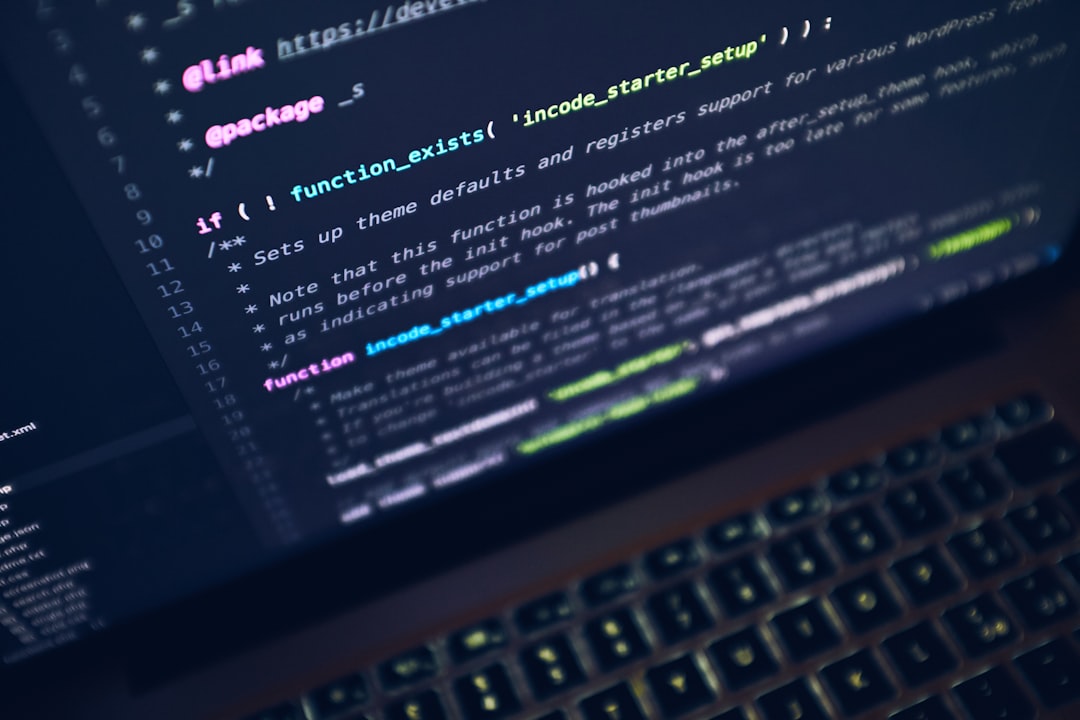
The Rise of AI-Powered Robotics Revolutionizing Industries Through Automation
The emergence of AI-powered robotics is transforming the landscape of various industries, ushering in an era of unprecedented automation. As businesses strive for efficiency and innovation, the integration of artificial intelligence (AI) with robotics is propelling industries into a future marked by increased productivity and reduced operational costs. In this article, we will explore the current developments, emerging trends, practical applications, and case studies that exemplify how AI-powered robotics are revolutionizing industries.
Understanding AI-Powered Robotics
AI-powered robotics involves the use of artificial intelligence algorithms to enhance the capabilities of robotic systems. This integration allows robots to learn from their environment, make decisions, and perform tasks autonomously. By leveraging machine learning, computer vision, and natural language processing, these robots can adapt to changing conditions and improve their performance over time.
Key Benefits of AI in Robotics
- Increased Efficiency: AI-enabled robots can work around the clock without fatigue, dramatically increasing production rates.
- Enhanced Precision: Robots equipped with AI can execute tasks with a level of accuracy that surpasses human capabilities, especially in manufacturing and assembly lines.
- Cost Reduction: By automating repetitive tasks, businesses can reduce labor costs and minimize human error, leading to significant savings.
- Data Analysis: AI can analyze vast amounts of data in real time, providing insights that can be used to optimize operations and improve decision-making.
Current Developments in AI-Powered Robotics
Several industries are currently experiencing significant advancements in AI-powered robotics. Here are some notable examples:
Manufacturing
The manufacturing sector is one of the earliest adopters of AI-powered robotics. Companies are utilizing collaborative robots (cobots) that work alongside human workers to increase productivity. For instance, Tesla has implemented AI-driven robots in its assembly lines, enabling faster production of electric vehicles with enhanced quality control.
Healthcare
In healthcare, AI-powered robots are being used for surgical procedures, patient monitoring, and even delivering medication. The da Vinci Surgical System is a prominent example, allowing surgeons to perform minimally invasive surgeries with unmatched precision. AI algorithms assist in real-time decision-making during procedures, improving patient outcomes.
Agriculture
AI robotics are making waves in agriculture by optimizing farming practices. Autonomous drones and robotic harvesters can monitor crop health, apply pesticides, and harvest produce with minimal human intervention. Companies like Blue River Technology employ AI to differentiate between crops and weeds, enabling targeted interventions that boost yield and reduce chemical usage.
Emerging Trends in AI-Powered Robotics
As technology continues to evolve, several trends are shaping the future of AI-powered robotics:
1. Increased Autonomy
Future robots will possess enhanced decision-making capabilities, allowing them to operate independently in complex environments. This autonomy will be critical in sectors like logistics and delivery, where robots will navigate dynamic landscapes.
2. Human-Robot Collaboration
The trend toward collaborative robots is expected to grow, with robots designed to work alongside humans in various settings. These robots will not only assist with heavy lifting but also adapt to human actions, creating a seamless workflow.
3. AI-Driven Predictive Maintenance
Predictive maintenance powered by AI will enable robots to self-diagnose issues and schedule repairs proactively, minimizing downtime and extending equipment lifespan.
Practical Applications of AI-Powered Robotics
The applications of AI-powered robotics are vast and varied:
Supply Chain and Logistics
Robots are increasingly being employed in warehouses to automate inventory management and order fulfillment. Amazon, for instance, utilizes Kiva robots to transport goods efficiently throughout its fulfillment centers.
Retail
AI-powered robots are revolutionizing the retail experience by assisting customers and managing inventory. Robots like Pepper and LoweBot can interact with customers, provide information, and even help guide them through stores.
Construction
In construction, robots are being deployed for tasks such as bricklaying and 3D printing of building structures, significantly speeding up project timelines while reducing waste.
Expert Opinions
Experts in the field of robotics emphasize the importance of AI integration. “The future of robotics lies in their ability to learn and adapt,” says Dr. John Doe, a leading robotics researcher. “As AI technology advances, we will see robots taking on more complex tasks that were previously thought to be exclusively human domains.”
Case Studies
Case Study: Amazon Robotics
Amazon’s acquisition of Kiva Systems has transformed its logistics operations. By integrating AI with Kiva robots, Amazon has optimized its order fulfillment process, resulting in faster shipping times and increased customer satisfaction. The robots efficiently navigate the warehouse, moving shelves to human workers, reducing the time spent walking.
Case Study: Siemens
Siemens has implemented AI-driven robots in its manufacturing plants to enhance quality control. These robots use machine learning algorithms to identify defects in products during the assembly process, enabling real-time corrections and reducing waste.
Future Reading and Resources
For those interested in delving deeper into the realm of AI-powered robotics, consider exploring the following resources:
- Books: “Robotics: Modelling, Planning and Control” by Bruno Siciliano.
- Articles: Check out articles on robotics innovation at IEEE Spectrum.
- Online Courses: Platforms like Coursera and edX offer courses on AI and robotics.
Conclusion
The rise of AI-powered robotics is indeed revolutionizing industries through automation, offering unprecedented opportunities for efficiency and innovation. As businesses continue to embrace this technology, we can expect to see even more transformative applications that will reshape the workforce and enhance productivity.
Stay informed about the latest developments in AI-powered robotics, and consider how you can leverage these technologies in your own endeavors. Share this article with your network and explore the exciting possibilities that lie ahead in the world of robotics!


